Tomorrow is Halloween! The day we celebrate errant bloggers rising from the grave, apparently. I am actually working on an entry discussing my increasing absences, and a slight shift in the purpose and focus of this blog, so keep an eye out for that. Don’t worry, it’s not bad news!
In the meantime though, I actually have a coordination for you! I bought this piece last time I was in California. I realise it’s supposed to be a sunset over the landscape, but to me it absolutely looks like a spooky forest fire scene. The spindly black trees and bright orange background just felt very Halloween to me and I decided it would be the perfect piece to get back into the swing of things.
I wanted to keep the Halloween vibe relatively subtle, but I did try to amp up the spooky factor with a black and silver spiderweb haneri and brass bat obidome made out of a vintage menuki. The obi is a solid black mofuku nagoya, paired with white and orange accessories.
I don’t have a catalogue photo of this piece yet, but that’s a problem for another day. It is coming, I promise!
Items used in this coordination
- Mofuku Nagoya Obi
- Cute Cotton
- White Shibori
- Orange & White
- Bat Menuki

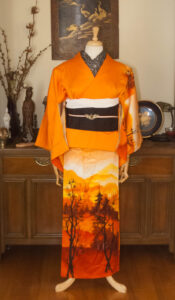
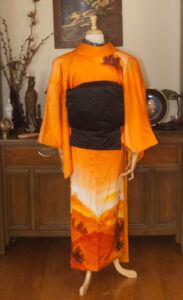
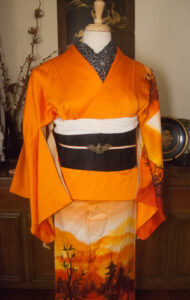
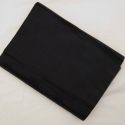
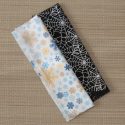
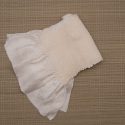

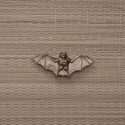
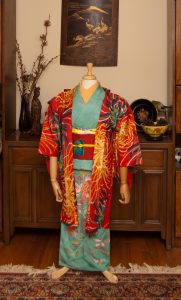
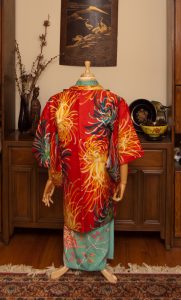
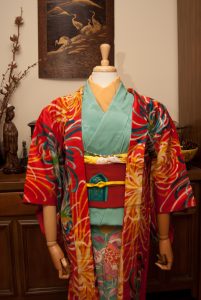
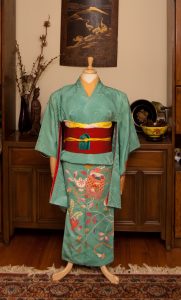
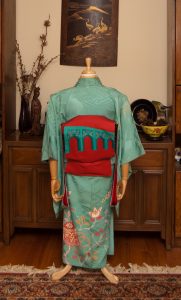
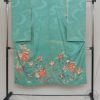
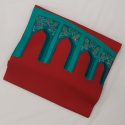
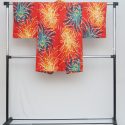

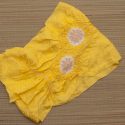
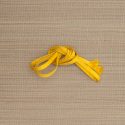
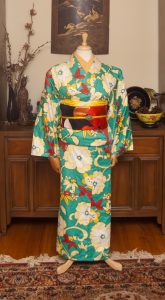
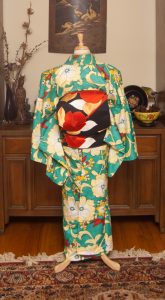
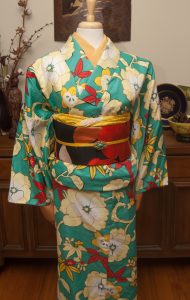
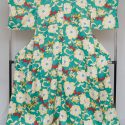
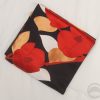
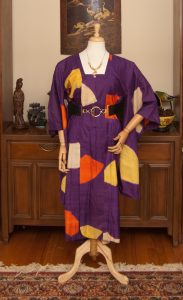
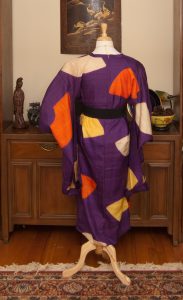
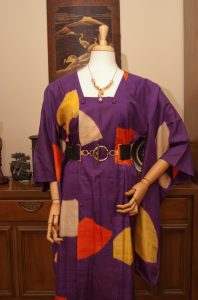
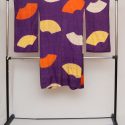
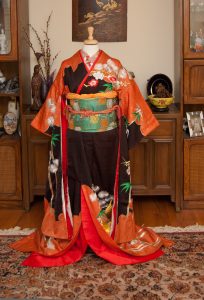
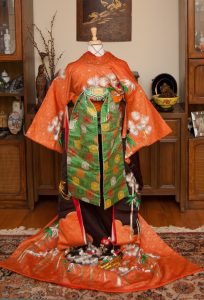
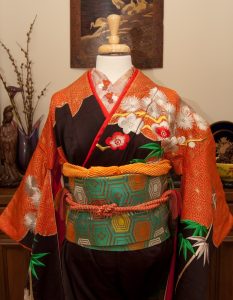
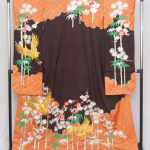
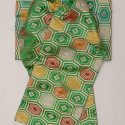
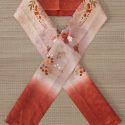
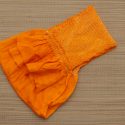
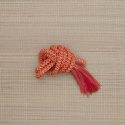












 Bebe Taian
Bebe Taian CHOKO Blog
CHOKO Blog Gion Kobu
Gion Kobu